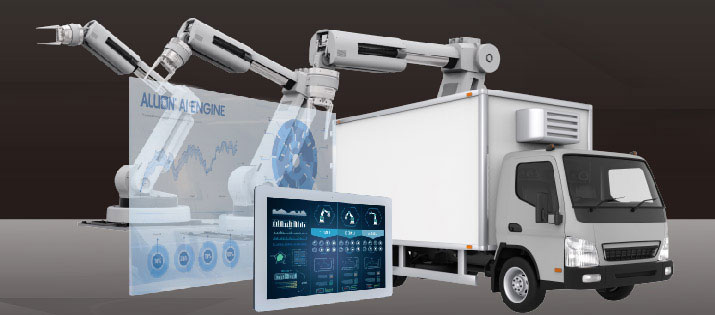Allion Labs / Cache Her
TR-398 has a clear standard for regulating the performance of home Wi-Fi routers. Some of you might be wondering, can this standard also be applied to other wireless products and IoT devices? The answer is yes. With TR-398 vendors will get a better understanding of how their products perform in real-life scenarios.
We’ve already introduced the 6 testing aspects and 11 test cases of TR-398 in TR-398: Performance Testing of In-home Routers. Among the 11 test cases of TR-398 standard, 10 of which can be used to verify other in-premise wireless products and IoT devices.
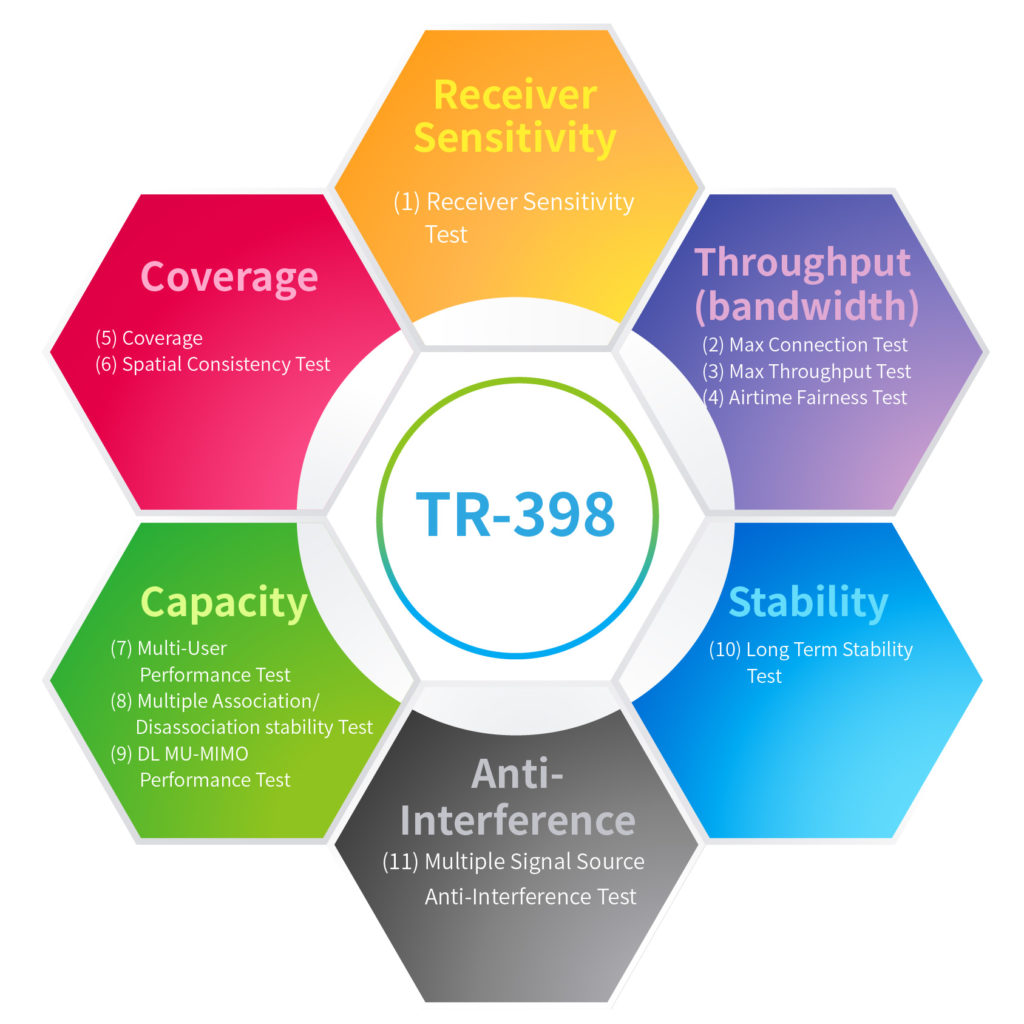
Common issues of in-premise wireless products
Since there is no common standard performance test for wireless products, vendors often neglect performance testing, and even if they do, they solely conduct basic function tests. Most vendors don’t want to spend extra time and money to test the performance and stability of the product. But without meticulous testing, users might encounter these issues when they use it in real-life scenarios:
- Can’t connect to home network device or mobile phone
- Got disconnection frequently
- Speed or response is too slow
- Unable to interact with other brand devices
Our solutions
But with the launch of TR-398, we have a standard to follow and great ways to mitigate potential issues. The TR-398, though originally designed to verify routers, is also applicable to testing wireless products and IoT devices. Next we are going to introduce Allion’s test approach built on the specifications of TR-398.
1.The ability of the wireless product’s own receiver to receive and correctly demodulate weak signals
Verifying that the product itself has the ability to resolve wireless signals.(2.4G > 38dB, 5G > 21dB)

2. Maximum throughput of wireless products
To ensure the transmission capacity of products, different wireless category products should have the maximum and minimum transmission capacity requirements to meet the performance of the product itself (for example, the minimum transmission capacity of 4K movies should be greater than 20M)
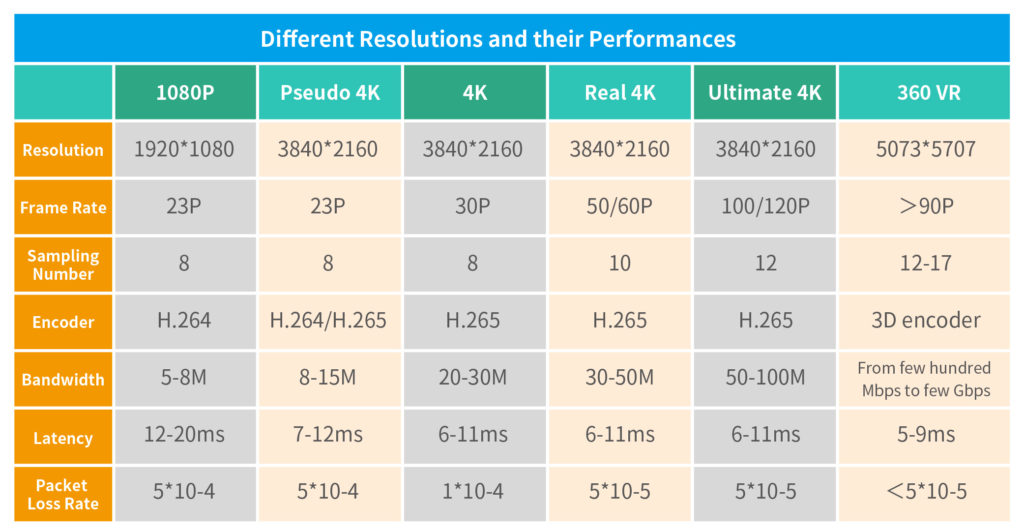
3. Range and distance
The performance of the product at different distances of use (simulation 0~63dB signal attenuation) and the maximum distance that can be used should be big enough to satisfy user’s needs.
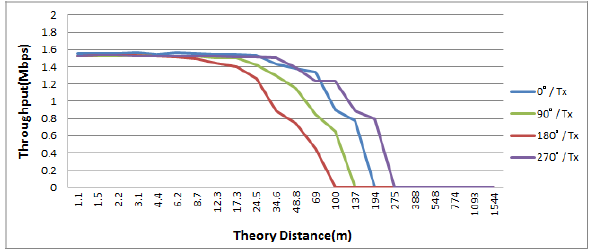
4. Consistency of quality of wireless products from all angles
The transmission and reception capabilities of the product at various angles and different signal strengths should not be much different. (2.4G < 30%, 5G < 40%)
 Pass: 70% < DUT <130% AVG
Pass: 70% < DUT <130% AVG Fail: < 70% AVG
Fail: < 70% AVG
5. Performance degraded while working with other IoT devices?
When used with other wireless network devices, the performance of the product itself should not drop significantly (<10%)
6. Stability in an environment where the connection status changes frequently
The wireless product itself should not be affected by frequent connection or disconnection of peripheral devices. (packet error rate < 1%)

7.Stability under stress
Under long-term use, the stability of the equipment should reach a certain level (packet error rate < 0.1%)

8. Support MU-MIMO
After enabling MU-MIMO (Multi-User Multiple-Input Multiple-Output),the multi-person downloads, the overall throughput should be greater than the throughput when the function is turned off, and the performance of the post-inversion itself should not be enabled.
9. Performance with different background traffic
The performance of the product itself must be maintained at a certain level when there is background traffic in the environment. (> 60%)
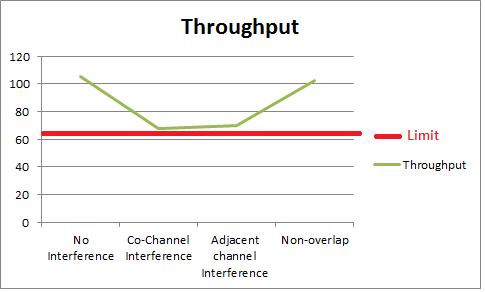
Through the verification of these projects, we can guarantee that the wireless products and IoT products can achieve a high level of protection in terms of functionality, compatibility, stability, reliability and performance, and the user satisfaction will be greatly increased.











